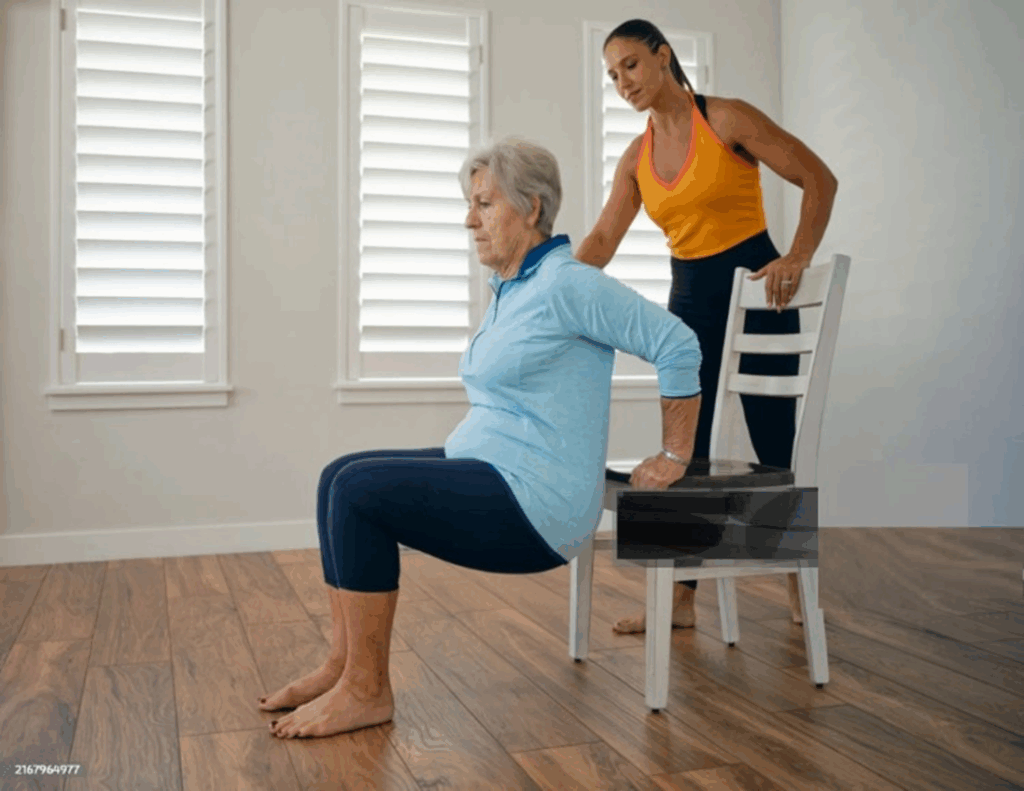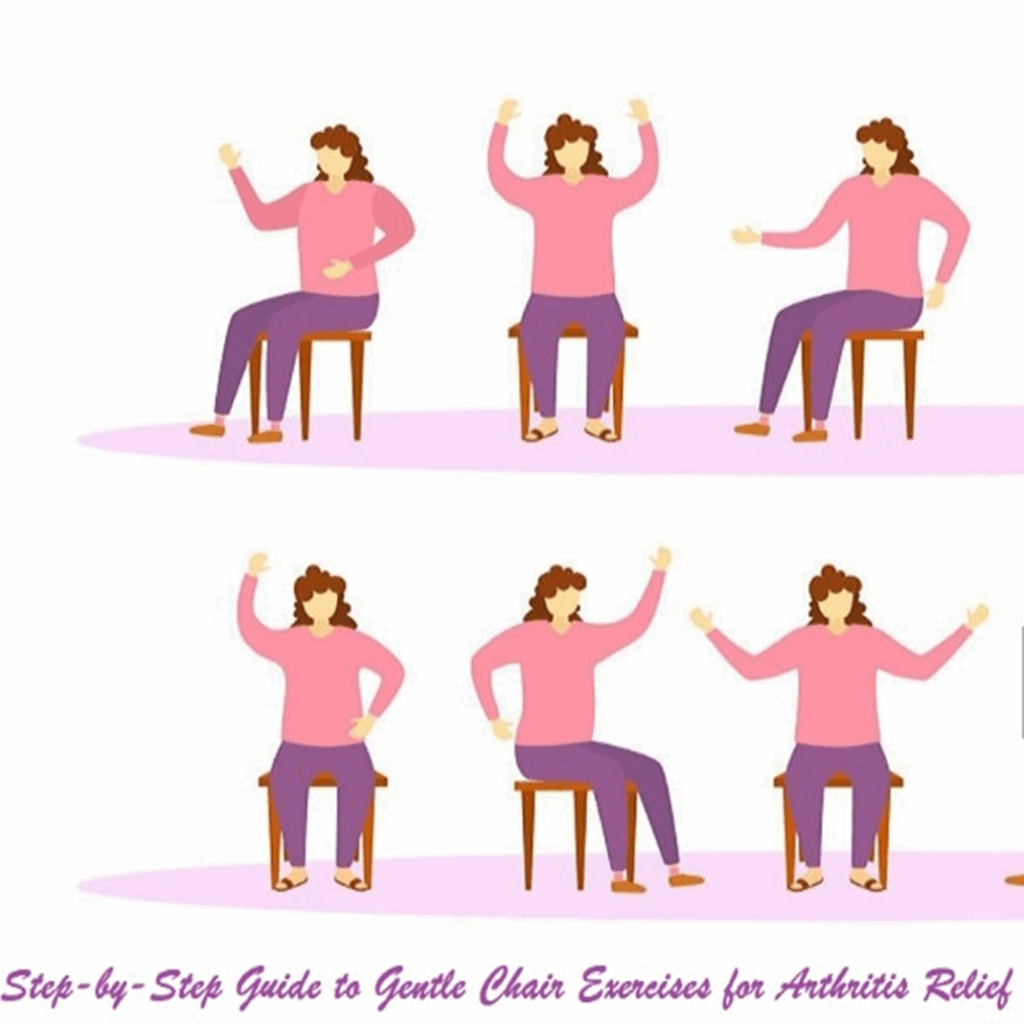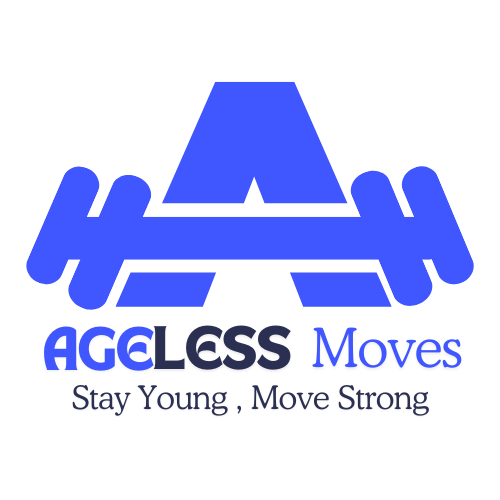
If arthritis makes moving hard, try gentle chair exercises for arthritis relief. These easy movements help joints move better and reduce stiffness. Studies show that gentle chair exercises for arthritis relief, like yoga, are safe and helpful. They work for all ages and improve health while easing pain.
Benefits of Gentle Chair Exercises for Arthritis Relief
Improve Joint Mobility and Flexibility
Arthritis can make moving hard, but chair exercises help. These movements let your joints move naturally without too much pressure. Over time, tasks like bending, reaching, or walking get easier.
Research shows chair exercises improve joint movement and strength. Key findings include:
- People doing chair exercises gained stronger arms and legs.
- The 30-second chair stand test showed a 2.25-point improvement.
- Stronger muscles help joints move better with less pain.
Doing these exercises often keeps your joints active and flexible, even while sitting.
Reduce Stiffness and Pain
Arthritis causes stiffness and pain, but gentle moves can help. Chair exercises improve blood flow to your joints, easing stiffness and pain. Even small movements can make you feel better.
| Evidence Type | Description |
| Better flexibility | Helps with stiffness from aging or sitting too long. |
| Pain relief | Movement reduces pain and stiffness, making it easier to stay active. |
| Stronger joints | Exercises lower arthritis pain and swelling for healthier joints. |
By doing these exercises regularly, you can feel less pain and live better.
Boost Circulation and Overall Well-Being
Chair exercises don’t just help your joints—they help your whole body. Moving your arms, legs, and core improves blood flow. This brings oxygen and nutrients to your muscles, giving you more energy.
Regular movement also lifts your mood and lowers stress. Feeling better physically makes it easier to enjoy life. These simple exercises are great for your body and mind.
Safety Tips for Gentle Chair Exercises

When starting chair exercises, safety is very important. Following these tips can help you avoid injuries and get the best results. To keep your chair extra safe and comfy, try a lumbar support chair cushion like https://amzn.to/4evDKJa
‘
Talk to Your Doctor or Therapist
Before starting, ask your doctor or therapist for advice. They can tell you which exercises are safe for your condition. This is especially helpful if you have other health problems or trouble moving.
Why talk to a professional?
- They suggest exercises that fit your needs.
- They help you avoid moves that hurt your joints.
- Older adults or those with health issues get safer advice.
This step helps you begin your exercises the right way.
Use a Strong Chair without Wheels
The chair you pick matters for your safety. A strong chair without wheels keeps you steady during exercises. Choose one with a firm seat and backrest for good support.
Don’t use chairs that wobble or slide. They can cause falls. If unsure, place the chair on a non-slip mat or against a wall. A stable chair lets you focus on moving safely.
Sit Up Straight and Start Slow
Good posture helps you avoid strain and get better results. Sit straight with feet flat and shoulders relaxed. Don’t slouch, as it can stress your joints.
Start slow to let your body adjust. Gradually add more exercises over time. Studies show starting slow reduces pain and builds confidence. For example:
| Study Title | Findings |
| Resistance exercise improves muscle strength, health status and pain intensity in fibromyalgia—a randomized controlled trial | Starting with light exercises prevents pain and boosts confidence. |
| Effects of exercise on physical limitations and fatigue in rheumatic diseases | Slow, tailored exercises work better and feel safer for patients. |
By sitting properly and taking it slow, you can manage arthritis better and stay safe.
Step-by-Step Guide to Gentle Chair Exercises for Arthritis Relief

Seated Leg Lifts
Seated leg lifts help strengthen your legs and improve movement. Sit up straight with your feet flat on the ground. Slowly lift one leg forward, hold briefly, then lower it. Switch to the other leg and repeat.
This exercise reduces stiffness in your knees and hips. It also improves blood flow. Move slowly and focus on steady motions. If it feels uncomfortable, lift your leg less or do fewer repetitions.
Tip: Begin with 5-10 lifts per leg and increase as you get stronger. To make leg lifts more fun, use a light resistance band set like https://amzn.to/4knhXVg to get stronger gently!
Arm Stretches
Arm stretches ease tightness and improve flexibility in your shoulders. Sit tall and stretch one arm out to the side. Gently pull it across your chest with your other hand. Hold for 10-15 seconds, then switch arms.
Stretching daily prevents stiffness and keeps your joints flexible. Experts recommend stretching all major joints to avoid tightness and maintain movement.
| Key Point | Description |
| Importance of Stretching | Keeps joints flexible and prevents tightness. |
| Frequency of Exercise | Stretch every day for the best results. |
| Safe Treatment | Be gentle to avoid hurting yourself. |
Note: If stretching hurts, ease up and move less.
Neck Rolls
Neck rolls help relax your neck and shoulders. Sit straight and tilt your head to one side. Slowly roll your head forward and to the other side in a circle. Repeat 5-10 times, then switch directions.
This exercise makes your neck more flexible and less stiff. Move slowly to avoid feeling dizzy or strained.
Ankle Rotations
Ankle rotations improve movement and blood flow in your lower legs. Sit with your feet flat on the floor. Lift one foot slightly and rotate your ankle in a circle. Do 10 circles clockwise, then counterclockwise. Repeat with the other foot.
This simple exercise helps loosen stiff ankles and boosts circulation.
Seated Marching
Seated marching is a fun way to move your legs and improve blood flow. Sit straight and lift one knee toward your chest, then lower it. Alternate legs like you’re marching.
This exercise is like walking and helps with balance and coordination. It also gives you more energy. Start with 10-15 marches per leg and adjust as needed.
Seated Hip Hinge
The seated hip hinge stretches your hips and lower back. Sit at the edge of your chair with feet flat. Lean forward from your hips while keeping your back straight. Return to the starting position.
This movement strengthens your core and helps with bending or reaching. It’s a gentle way to keep your hips flexible without straining them.
Upper-Body Twists
Upper-body twists improve back flexibility and reduce stiffness. Sit tall with feet flat on the floor. Place your hands on your thighs or hold the chair’s sides. Slowly twist your upper body to one side, hold briefly, then return to center. Repeat on the other side.
This exercise loosens tight muscles and improves movement. It’s great for relieving tension after sitting too long.
| Program Name | Key Features | Benefits |
| Active Living Every Day | Helps add activity to daily routines | Improves overall health and mobility |
| Knee Osteoarthritis Exercises | Includes simple moves like Heel Raises | Builds strength and reduces pain |
| How to Start an Exercise Program | Offers tips for safe exercise | Lowers swelling and eases joint pain |
Reminder: Move slowly and carefully to avoid hurting your back.
Tips for Staying Consistent with Chair Exercises
Staying consistent can be hard, but it’s very important. These tips can help you make chair exercises a regular habit.
Can I modify the exercises if they’re too hard?
Absolutely! Adjust the range of motion or reduce repetitions. The goal is to move comfortably without straining your joints.
Note: It’s okay to go at your own pace. Progress happens step by step.

